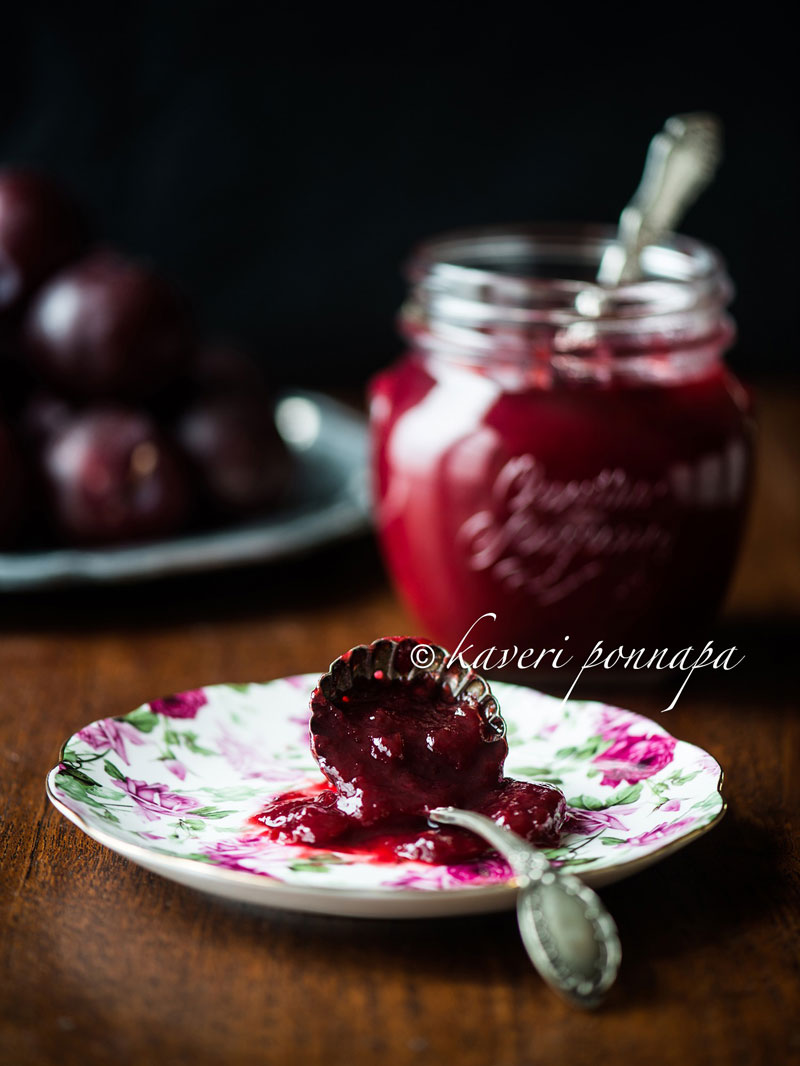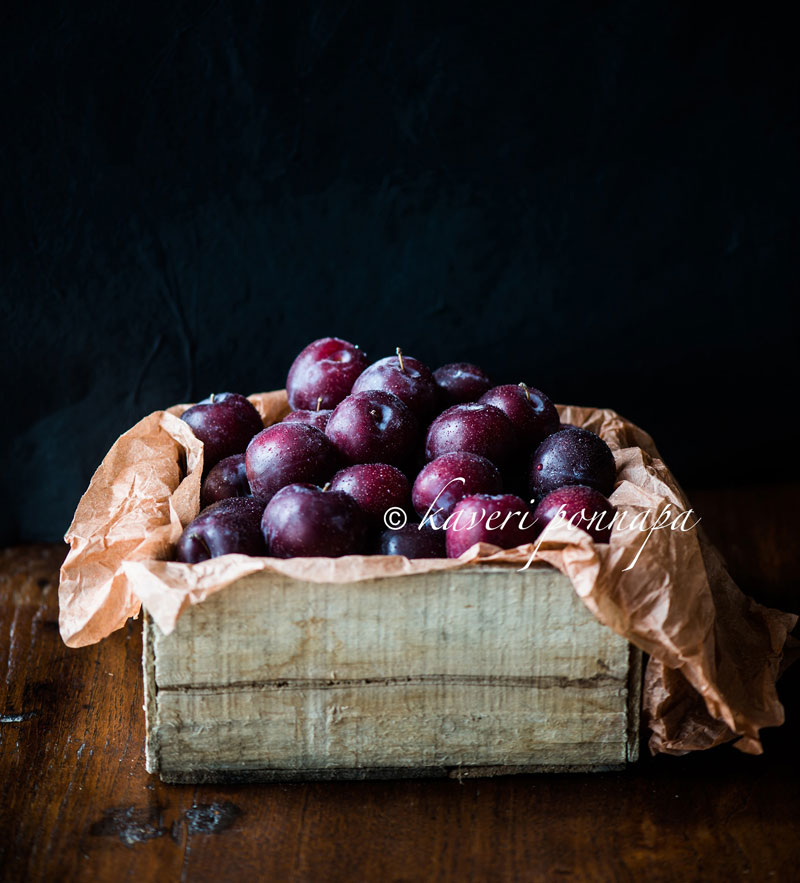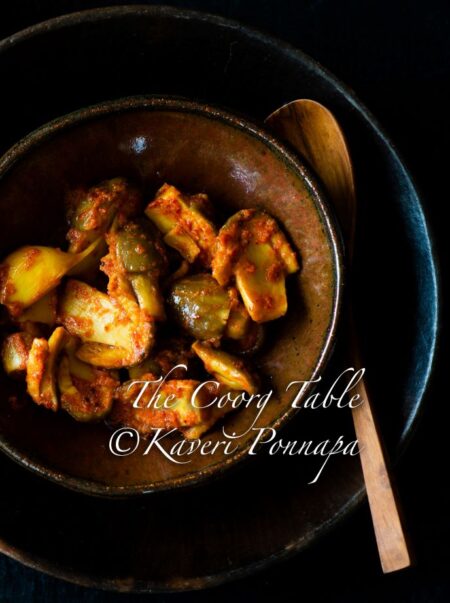“The plum is one of the hardiest and most easily grown of the stone fruits, and thrives well in Coonoor and Kotagiri,” wrote Francis, I.C.S, in 1908.
The orchard he described belonged to a Mr. Gray, full of “Black Aloocha and Victoria plums,” where the branches were so heavy with fruit that they had to be supported. An orchard in the hills, in tea plantation country, overflowing with fruit, is a beautiful thing. It is also the source of generous quantities of home made jams, jellies and preserves that furnished the dining table through the year.
Early planters imported fruit stock, and budded and grafted until they had excellent fruit for “canning, cooking and dessert”. Dark red Victoria’s, named after the dour woman who was Empress of India were extremely popular and considered the best for cooking.
Contrary to Flora Annie Steele and Grace Gardiner’s grouse that Indian fruit was watery and tasteless, local plums are juicy, rich and sweet, and plantation cooks turned out the most excellent jams and preserves with fruit grown in orchards and gardens. Plums, tomatillos, bilberries and mulberries all went into preserving jars to be served up at luxuriously unhurried breakfasts laid out on finely embroidered tablecloths, with fine bone china, silver toast racks, locally baked bread and fresh butter provided by a nearby cow.
Even if you don’t have your own fruit trees, you can choose the best of the summer plums. The market is still full of deep red fruit, purple-red beauties from Kashmir and Himachal, or smaller, sweeter ones from the Nilgiris, their skins warm and firm, covered with a faint silver haze, heavily ripe and fragrant. The flesh is rich and sweet, and clings hard to the stone, unwilling to be separated. It’s okay to simply squeeze the skin, flesh and juices free of the stone, and collect the golden pulp, streaked with deep gashes of red, into a bowl.
Ripe fruit, macerated with sugar overnight, run through a food mill, and then steadily boiled down yields a beautiful, sweet scented preserve with just enough teasing sharpness from the cooked skin. Best of all is the shade that spreads as you dig your spoon into the jar and drop a scoop onto your plate –the colour of crushed rubies. A deep, rich jam that you have made yourself has to be one of the best ways to begin a day.

Plum Jam Recipe
- Take approximately 1kg ripe Kashmiri Plums (about 4 -5 cups cut fruit), 2 ½ cups granulated cane sugar and 2 large limes.
- Wash and dry the plums. Slice, with skin on, into approximately 6-8, and de-seed. The flesh may not come away from the stone easily, don’t worry, just squeeze out all the juice and flesh that you can. Add the sugar, juice of 1 lime and mix gently. Let it rest.
- Fill plums into a vessel with a well fitting lid, and place in the fridge to macerate overnight. (I use stainless steel tins with well fitting lids)
- The next morning, take the plums out of the fridge, and leave at room temperature for about 20-30 mins. Place in a preserving pan, or a wide, open-mouthed vessel and bring to a boil on a medium flame on the gas. Cook to 5-10 mins until the fruit softens, stirring occasionally. Lightly spoon off as much of the scum that rises to the surface as you can. Add another squeeze of lime juice, making sure it adds just the right note of tanginess, without becoming too sour. Add more sugar now, if you prefer the jam to be sweeter. Return the entire mixture to the vessel on the gas, and bring to a boil on a high flame. Once it begins to boil, reduce heat to a brisk simmer, and cook to reduce the water in the fruit, about 30-35 mins. Keep stirring to prevent burning and sticking. Spoon off any scum.
- As the jam thickens, test if it has reached the setting point by dropping a ½ teaspoonful onto a well chilled spoons Return test spoon to the freezer for 2-3 mins. If the jam runs freely, you need to boil a little longer. If it looks solid, and slides forward very slowly, it’s ready to bottle.
- Place a sterilized jar on a thick pad of cloth, and put a wooden spoon into it. Remove the hot jam from the gas and pour into the sterilized jar. Seal immediately, cover the lid with greaseproof paper, allow to cool in the bottle and store.
- Plum jam, with its dramatic colour, sour-sweet flavours adds the perfect accent to just about every summer dessert.
Image Credits: Nithin Sagi
All Food Styling: Kaveri Ponnapa




